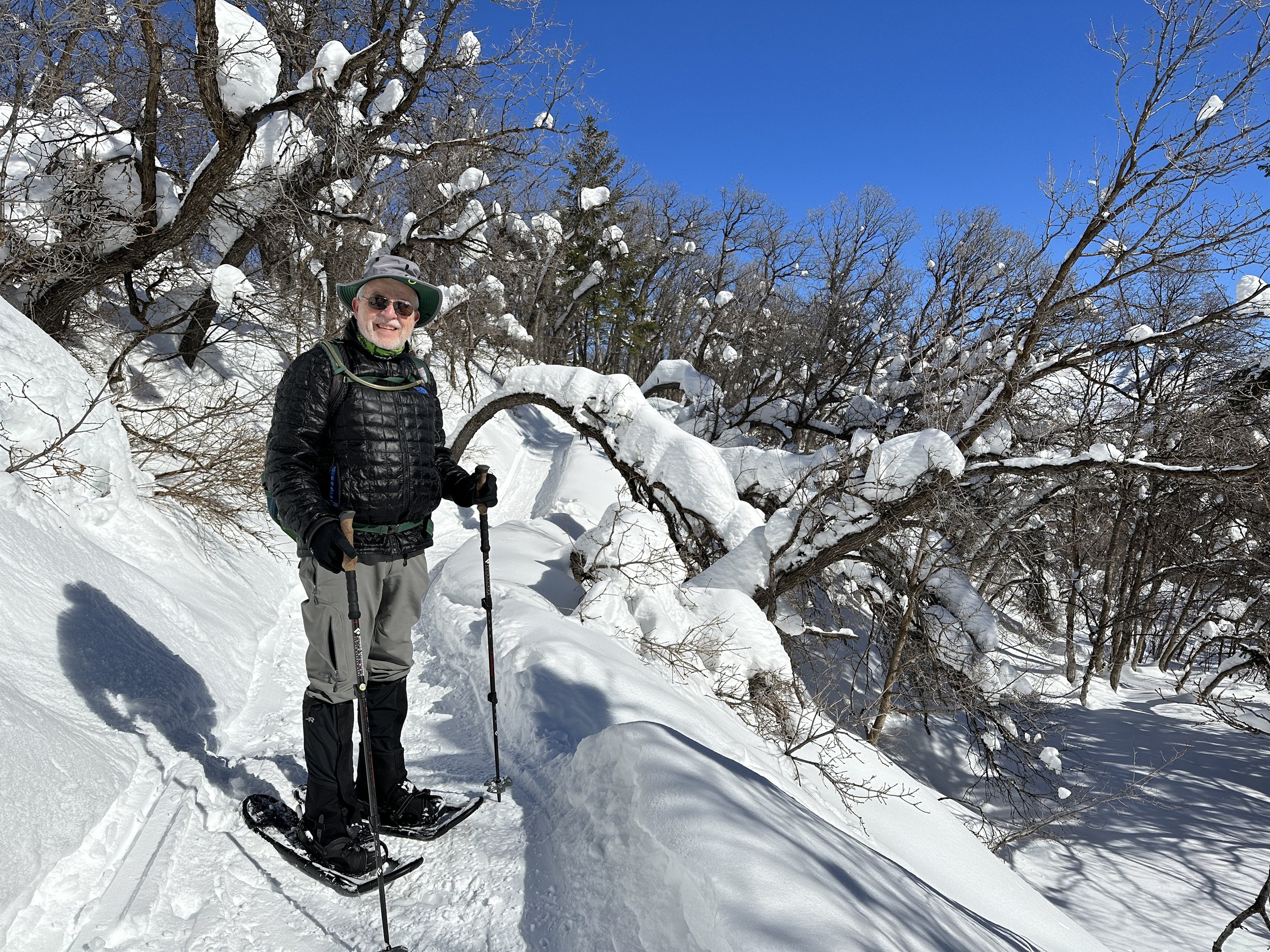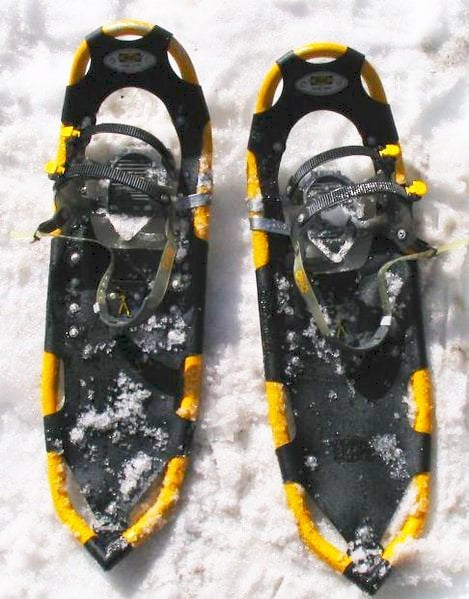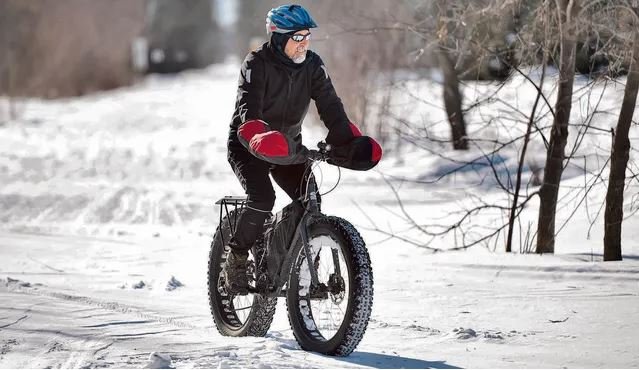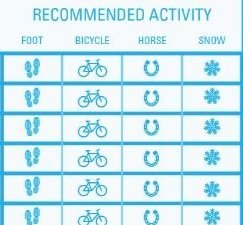What to Have On Trails During Winter
If you are new to using winter trails, you may be wondering how to prepare differently from when using the trails in during the warmer seasons. Trails are open 365 days a year unless otherwise marked and can be just as enjoyable in winter as they are the rest of the year. A peaceful blanket of snow covering a stunning Utah landscape is something everyone ought to experience at least once. From snowmobiling to backcountry skiing, and hiking there are countless ways to enjoy our frigid wonderland. But winter trail use might seem a bit intimidating if you haven’t done it before.
Our friends at Utah State Parks, have a great (and extensive) list of tips over on their website here. We have posted the highlights here below.
So what will you need on a winter trails adventure? This certainly isn’t an all-inclusive list, but we’ll cover the most important stuff.
GEAR
BACKPACK: You don’t need a special hiking pack for winter—just something large enough to carry your gear and extra layers. Nice features to look for:
An interior pocket or sleeve for a hydration pack. Look for one with an insulated drinking tube to help keep the water from freezing
A hip belt that will place the load on your hips rather than your shoulders
A sternum strap that prevents the pack from shifting while you are hiking
SUNSCREEN: You can still get a nasty sunburn in the winter. Sunlight reflects harshly off the snow and you can burn quickly. Protect yourself with at least UPF 30, and reapply as needed. Don’t forget sunglasses to protect your eyes!
PHONE: Plan on carrying your cell phone, satellite phone, or other communication devices with you on your hike. You’ll want a way to call for help if you get in a bind. Use your phone only as a communication device. Try to conserve your phone’s battery instead of using it as a flashlight or map, and make sure to charge your batteries before you head out.Carry your devices in your backpack in a pocket near your body—this will keep everything warm, safe, and dry. It’ll also keep the battery from draining as quickly in the cold weather. Even when a cell phone is not in its coverage area (or the signal is too weak to make a call or send a text), it still “pings” towers in the area. Search and rescue teams can use your last cell phone location to start a search in your last known location if you don’t return on time.NAVIGATIONAL TOOLS: There are a lot of great trail apps out there to help you find your way. Some will even show your location in real-time on the map—but you should definitely have a backup in this case. You never know when you might lose service, your battery might die, or your phone could get damaged, lost, or broken. Even if you have a handheld GPS device, pack a waterproof, tear-proof map and a compass to help you find your way. Never rely solely on battery-operated gear.WATER: In any weather, staying well hydrated is one of the most important components of a hike. Bonus: you feel better when you’re properly hydrated! If your backpack has a hydration sleeve, you’re set. For longer hikes, you can also throw a couple of extra water bottles in the side pockets or bring a water bottle with a filter. Carry water in insulated containers to keep it from freezing. In a pinch, wrap your water bottle in a wool sock before putting it into your backpack. Dehydration speeds up the onset of hypothermia, so stay hydrated. If you feel thirsty, you’re already dehydrated.SNACKS: Exercising in the winter burns more calories, since your body is working hard to stay warm, too. Pack easy-to-eat snacks that are high in protein and carbs to keep your energy up. Dehydrated meals are handy if you’re planning to be out longer and want to pack light. Be sure to take extra food in case of an emergency. Staying nourished will help you stay warm.FIRST AID KIT: You might not need it, but you’ll be glad you have it. It’s worth investing in a kit that at least has the basics for dealing with a minor injury. Familiarize yourself with what’s inside the kit beforehand and add anything you think you might need. We recommend adding a small lighter and waterproof matches in case you find yourself in a dangerous situation and need to build a fire. You should also have an emergency whistle that you can use if you need to get someone’s attention.HEADLAMP/FLASHLIGHT: Remember, it’s going to get dark earlier. You need a headlamp or a flashlight with you in case you get caught on the trail in dark or low-light conditions. Headlamps are nice because they are hands-free. Either way, make sure the batteries are charged.BATTERIES: Be prepared for your devices to malfunction at colder temperatures. Make sure everything is fully charged before you head out. Bring extra batteries or battery charging packs as backups. Keep your phone and other devices safely stored in your backpack to keep them warm. Do not rely solely on your phone.
CLOTHES
TOPS: The key to winter hiking is staying WARM and DRY. It’s recommended that you wear three layers:
Base Layer
Insulating Layer
Shell
If you start to get hot, remove a layer before you get sweaty. Do not wear cotton. Opt for synthetic fabrics that wick moisture and are quick-drying.
BOTTOMS: If temps are low or the weather looks snowy, consider wearing a base layer with a waterproof layer over the top.
GLOVES: Always pack a pair of gloves. There are a lot of toasty, yet lightweight options that won’t take up much space when you’re not using them.
HAT: A hat is a necessity! Did you know you lose a considerable amount of heat through the top of your head? Even if you don’t think you’ll need it, packing a breathable hat is the smart thing to do.
BOOTS: If you’ve already got waterproof hiking boots with good traction, just pair them with a thermal sock to keep those feet nice and warm. If you’re going to be doing a lot of winter hiking, it might be worth investing in pair of insulated winter hiking boots. Throw an extra pair of socks in your pack—just in case.
MICROSPIKES: These handy little devices are a fantastic way to gain a little more traction on a slippery trail. They’re made of tiny spikes on chains that slip over your boot. If you’re planning on hiking a trail with steeper inclines, you should opt for crampons over microspikes. They’re more robust and have bigger spikes, but you can still remove them when you don’t need them.
GAITERS: Not a necessity, but a convenient way to keep the snow from getting into your boots. If you’re trekking through snow that’s deep enough, throw a pair of gaiters over the top of your boots and pants to keep things warm and dry. If you don’t need them, they can easily be folded and stored in your backpack.
POLES: Pretty self explanatory - but they are definitely worth bringing along.
Please be sure to check out TFNU Friends and Supporters when shopping for your winter trails adventures. Fleet Feet Ogden, Arc’Teryx Salomon Ogden Outlet, Rec Outlet, REI Farmington, Moosejaw SLC, Bingham Cyclery & The Splitboard Shop.
AWESOME! Now, how do you decide which trails to try out?
Did you know that inside the free TFNU Northern Utah Trail Maps (available at most popular trailheads as well as our downtown Ogden Offices) we have indicated which trails are best to check out in winter? They are marked with a snowflake icon (see image below). There are 40 separate trails indicated as winter trails - and that doesn’t include the trails that are groomed at North Fork Park by Ogden Nordic. (Since these trails are professionally groomed throughout the season by Ogden Nordic, there is a small fee to use these trails.)
You’ll also want to check out the lifesaving and up to date information available over at Utah Avalanche Center before heading out.
We hope this helps and gets you out on the trails any day of the year. Enjoy the peace that a blanket of fresh snow brings to our already serene Northern Utah Trails. Be safe and we’ll see you on the Trails!



